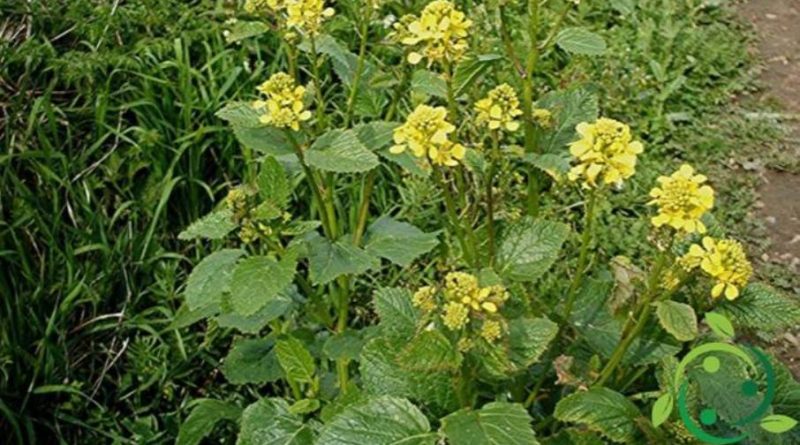How to grow mustard in a biological way
How to grow mustard in a biological way
To start, it is good to know that even if the mustard bears marginal land in the open field, it is better to choose a fertile, well drained and rich organic fertilizer substrate.
Mustard seeds can be bought easily in specialized stores or online. If you can choose the white variety is the most widespread and the earliest. It has light seeds, excellent for storage, while black mustard has dark seeds with a pungent taste.
The sowing must be done first in seedbeds towards March-April always keeping the soil moist. When the first 3 or 4 leaflets appear, you can carry out the thinning by eliminating the weakest seedling, so when the seedlings have reached a height of about 10 cm and will be provided with 4 or 5 leaflets you can carry out the full field transplant. The inclusion of mustard in the vegetable garden also improves the production of other fruit vegetables; during the blooming that is showy, of a beautiful bright yellow color, you will notice how this plant is often visited by bees that will pollinate the flowers of the other vegetables.
Before sowing it is necessary to prepare the soil thoroughly, with good plowing and fertilizing, preferably organic. Subsequently you will have to carry out harrowing and then two or three weeding with the simultaneous cutting of the highest flowers, which will not be able to turn into fruit in time. It is advisable to leave 40cm of distance between the plants and 50cm of distance between the rows.
Mustard flowers will turn into pods that will ripen at the beginning of autumn changing color from green to brown. This is the optimal time for harvesting before they open releasing precious seeds; cut the racemes with the pods and hang them upside down in a sheltered but bright place. After having dried them, place them in a paper bag or in a glass jar, placing them in a dark and dry place. The unmistakable and intense aroma of mustard is released only when the seeds are broken.
Even if it is a rustic plant, brown mustard can be sensitive to oidium, especially at the end of spring and early autumn. We always choose a well-ventilated and open position, avoiding as much as possible to wet the leaves during irrigations.
In addition, small plants and the base of adult ones are very attractive for snails and slugs. We can create barriers with ash, eggshells or sand. Useful are the beer traps. Another enemy are the alticini (of beetles) that cause holes on the leaves that can weaken the plant. The ideal is to protect specimens with very tight knit nets.
Mustard can be usefully grown in pots (at least 40 x 40 x 40). In this case the soil must be prepared by us. You can prepare a mixture with organic soil and even calcareous sand (60 and 40%), with an inert perlite substrate at the bottom of the pots.

